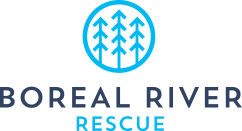Effective Communication: The Importance of River Signals
The following river signals are internationally recognized. Paddlers and rescuers can use these hand and river signals to communicate effectively on the river.
Hand and paddle signals
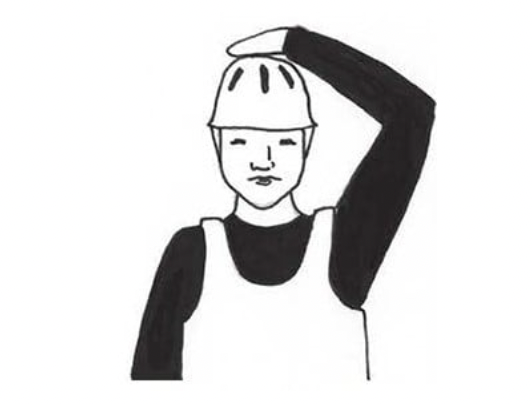
Okay (question and answer)
Signal: Hand on head, making an “O” shape with between arm and head.
Meaning: Use this signal if you’re asking if someone is okay, or if they understood. This signal is both a question and an answer.
If you don’t respond to the initial signal, this would indicate that the situation isn’t okay, or you don’t understand.

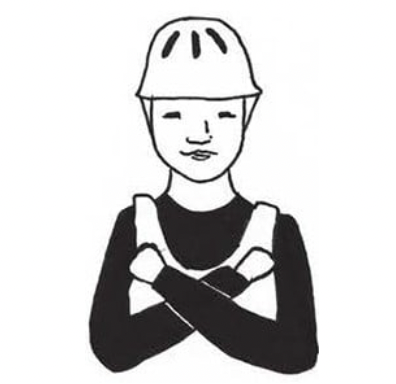
First aid
Signal: Arms crossed in an ‘X’ or ‘+’, in front of your body or above your head.
Meaning: This signal means “someone is injured and needs first aid”.

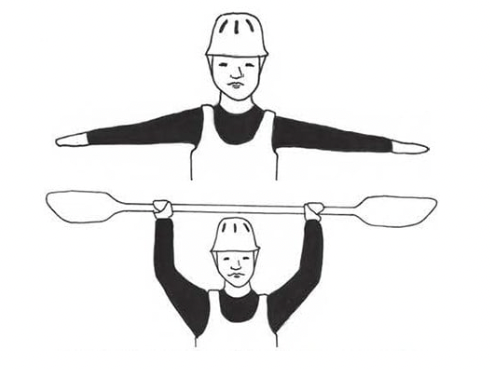
Stop/ don’t go
Signal: Arms straight out to the sides or a horizontal paddle above the head.
Meaning: “Stop” or “do not proceed”

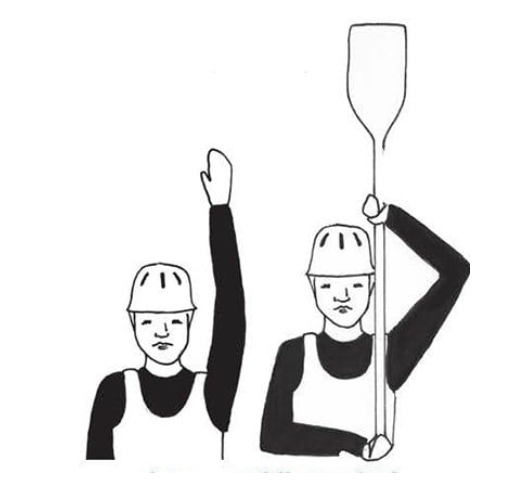
Go ahead/ proceed
Signal: Arm or paddle vertical
Meaning: “Go ahead” or “proceed”

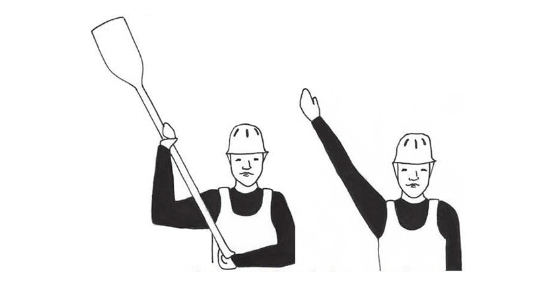
Go that way
Signal: Arm or paddle pointing upwards toward one direction at 45°
Meaning: “Go that way”
* Note: Always point in the positive, meaning, the way that you want the person to go.
Whistle signals
We recommend avoiding using your whistle, unless it is an emergency or absolutely necessary.
In some areas, river users overuse whistles, and the effect can be that people start ignoring them, or they cause unnecessary alarm.
One short blast — Meaning: Attention, look over here.
Three long blasts, repeatedly — Meaning: Emergency.

